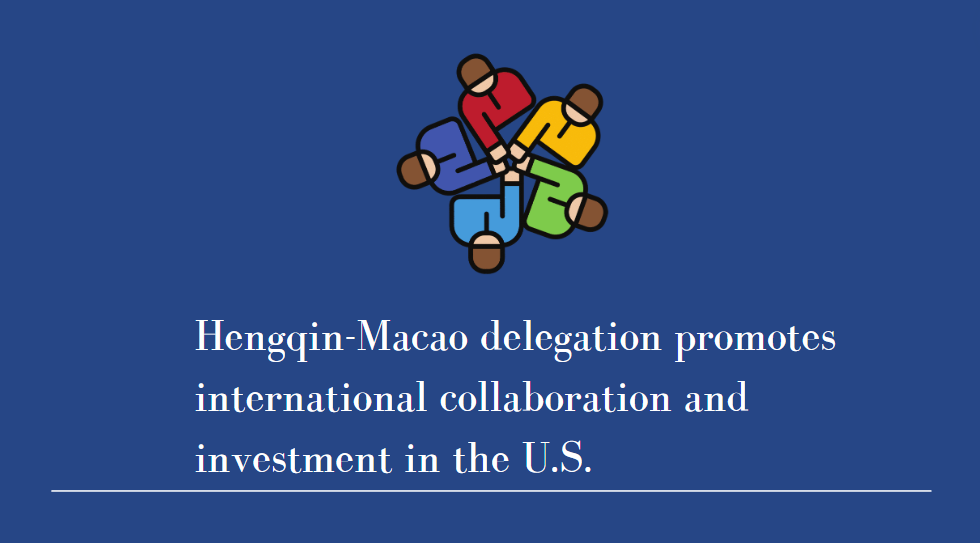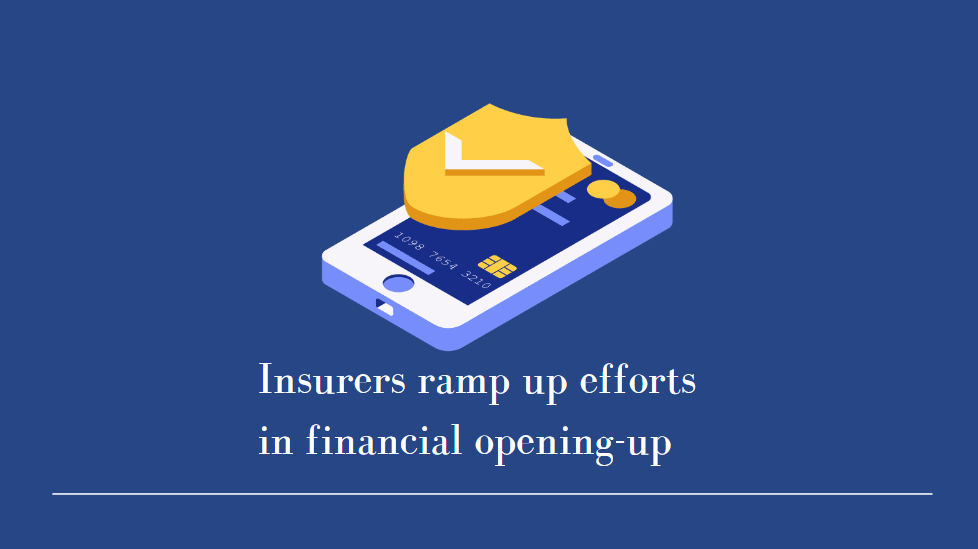Building a Fintech Ecosystem to Shape the Future of Finance
Good afternoon, everyone. Thank you for having me here.
Today, we have a full room of global leaders from finance, business, academia, and the public sectors. One shared perspective among us is that technology is transforming every aspect of our lives, including financial markets.
Take the smartphone, for example, a quintessential invention of the 21st century that permeates almost every facet of our daily lives. This small device functions as a camera, wallet, music player, video rental store, social media platform, e-book reader, and even a key. Yet, we still call it a “phone.”
Gone are the days when business executives relied on landline telephones, fax machines, pagers, Personal Digital Assistants (PDAs), analogue mobile phones, and even Blackberries. Behind the scenes of this digital revolution, many former household names have quietly faded from consumers' minds, while others have undergone painstaking transformations.
The lesson is clear: today’s innovators can fast become tomorrow’s laggards. Failure to keep up with the times could cost your business dearly, even for the most prominent industry leaders.
Harnessing the Power of Technology: DLT in Focus
Financial professionals are debating whether distributed ledger technology (DLT) could drive a similar scale of revolution in the delivery of financial services as seen in consumer electronics. Nowadays, DLT has numerous applications in global finance, such as virtual assets (VAs) and trade finance, serving as a rapidly developing underlying technology for the efficient and secure transfer of real-world assets. This transition means moving financial activities and transactions from traditional infrastructure onto blockchain. But are we at that inflection point yet? Could the delivery of all financial services on the blockchain shape the future of finance?
In financial markets, DLT is used in VAs. Whether VAs like Bitcoin and Ether have any intrinsic value remains a debated topic, with most central bankers and economists saying “no.” While I do not disagree with this view, it is undeniable that Bitcoin has shown its staying power as an alternative asset over 15 years of multiple boom and bust cycles. More clearly, its underlying technology, DLT, is here to stay.
The potential benefits of DLT are evident. It can enhance efficiency and lower costs in the distribution, clearing, settlement, and custody of real-world assets. A significant divide has emerged between non-fungible tokens (NFTs), the metaverse, and real-world assets. For example, the art industry now offers digital artwork as fractional, more affordable NFTs, revolutionizing ownership and transfer models. Ether and stablecoins are used as mediums of payment for trading tokenized comic images. Despite the speculative nature of NFTs, their underlying technology is increasingly used for real-world assets.
Putting Traditional Financial Services and Products on the Blockchain
The same benefits and efficiency gains could apply to the world of financial services, where primary issuance, secondary market trading, custody, and hypothecation of traditional assets like bonds and money market funds can all be conducted on the blockchain. This vision for the future of finance is attractive, especially considering that most existing financial infrastructure and cross-border payment systems operate under a T+2 cycle, while some markets are moving towards T+1 or T+0.
Realizing this vision requires the expansion, scaling, and maturation of the DLT ecosystem to support institutional-grade financial services. This includes interoperability of blockchains across financial institutions and borders, finality, cross-border settlement, and addressing conflict of laws. Interoperability is particularly essential for the development of Web3, which aims to connect all blockchains securely.
Regulation Driving Fintech Innovation
Contrary to the belief that innovation and regulation are opposing forces, we firmly believe they should go hand in hand. We have made it a strategic priority for the next three years to transform financial markets through technology, adhering to a “same business, same risks, same rules” principle. Investor protection remains our primary focus. In 2018, we were among the first major financial regulators to introduce a comprehensive policy response to VA-related activities, focusing on investor protection.
While we encourage tokenization and view it as a technology wrapper around traditional financial products like equities, bonds, and funds, additional safeguards are necessary to address risks associated with emerging technologies. This is where regulation provides clarity and consistency, driving efficiency gains for the financial industry and fostering a sustainable Web3 ecosystem.
Hong Kong's Web3 Ecosystem in the Making
Hong Kong is gradually building a responsible and sustainable Web3 ecosystem. Our regulatory regime for centralized VA trading platforms came into effect in June last year. Acknowledging the risks of over-the-counter (OTC) VA dealing, the Hong Kong SAR Government consulted the public on a licensing regime for these service providers. This complements efforts to develop a robust and transparent regulatory environment for VA dealing.
Staying Relevant in the Digital Age
Technological advances have brought about a seismic shift in financial markets. It remains uncertain whether traditional financial services will give way to smart contracts and DLT. As market practitioners pilot use cases, our role as regulators is to provide clarity, certainty, and consistency in the regulatory framework to facilitate these use cases safely.
In closing, embracing technology is essential to remain relevant in the digital age. The future of finance involves integrating traditional finance and DeFi, unlocking new opportunities and driving greater success in financial markets. Thank you.





















































First, please LoginComment After ~